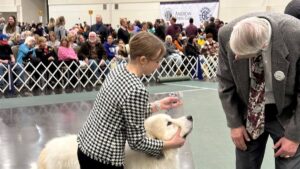
Erie Kennel Club Dog Show | Erie, PA
Photos from the Erie Kennel Club All-Breed Dog Shows, which were held on January 27–28, 2024, at Bayfront Convention Center in Erie, PA.

Home » Dog Sports » Obedience Dog Sport
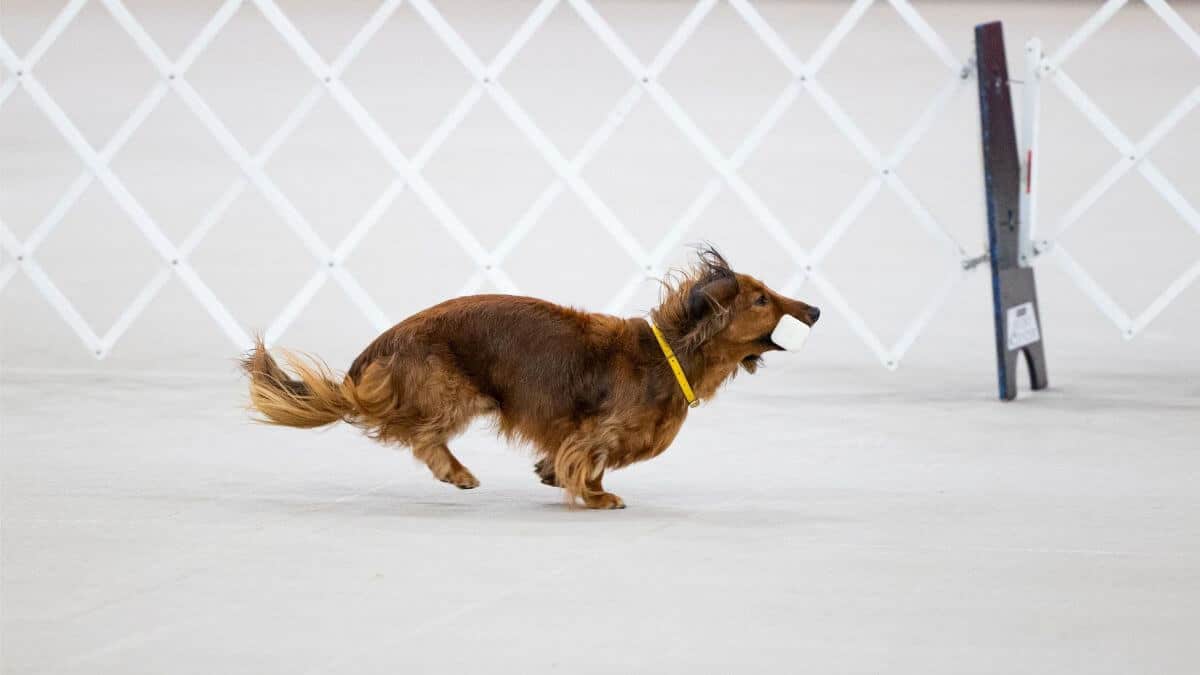
Obedience is a competitive sport that tests the ability of dogs to perform tasks on command by their handlers. It’s a discipline that showcases the bond and effective communication between a dog and its handler, emphasizing training, behavior control, and adherence to specific exercises.
In Obedience Trials, dogs accompany their handlers in a series of standardized exercises, each judged against a set criteria rather than against other dogs. This emphasizes the individual skill and training level of each dog-handler team and their ability to reliably work together.
This sport is inclusive, welcoming various breeds and mixed-breeds, and focuses not just on the physical execution of tasks but also on mental discipline and the connection that exists between each dog and its handler. Obedience transcends basic training, helping dogs to develop important life skills such as adaptability, problem-solving, and how to perform well under stress.
Obedience, as both a sport and a training methodology, has evolved significantly over time. From its origins as a basic training regimen, it has become a sophisticated sport with varying levels of difficulty, reflecting a blend of discipline, art, and mutual respect between dogs and their human companions.
The sport of Obedience, as we know it today, has its roots in the early 20th century. Initially, it was developed as a method of training for working dogs, focusing on commands and behaviors essential for service roles such as police and military work. The evolution of Obedience into a competitive sport is largely attributed to the increased interest in formal dog training methods and the recognition of the benefits of having a dog that’s been trained.
In the United States, the first formal Obedience test took place in the 1930s. The American Kennel Club (AKC) played a pivotal role in popularizing Obedience as a sport. The registry established standardized rules and organized the first licensed Obedience Trial in 1936. That event marked a significant milestone, as it officially introduced Obedience as a competitive endeavor, establishing a structured framework for evaluating and rewarding well-trained dogs and their handlers.
Post-World War II, the popularity of Obedience Trials grew significantly in the United States. This growth was fueled by the increasing number of dog owners and a growing appreciation for the benefits of having a well-trained dog. Clubs and organizations dedicated to dog training began to emerge across the country, further promoting the sport and contributing to its development.
As the sport evolved, so did the complexity and variety of exercises included in competitions. The initial exercises were relatively simple, focusing on basic commands such as sit, stay, and heel. Over time, these exercises became more sophisticated, incorporating elements such as retrieving, jumping, scent discrimination, and performing tasks at a distance, or with minimal cues, from the handler.
Today, Obedience as a sport is recognized and practiced worldwide, with numerous national and international competitions. It remains a dynamic field, continually adapting and evolving with advancements in dog training techniques and a deeper understanding of canine behavior.
Over the years, Obedience has attracted a diverse community of amateurs and professionals alike. The community has been supported by various organizations that play a crucial role in regulating, promoting, and enhancing the sport. These associations range from national kennel clubs to specific Obedience-focused bodies.
The Novice level is the entry point for dogs and handlers who are new to Obedience competition. It focuses on basic commands and skills that lay the foundation for more advanced work. Key elements at this level typically include:
The Open level introduces more complexity and requires dogs to perform tasks with greater independence from their handlers. Key exercises include:
The Utility level is the most advanced level in Obedience. It involves complex tasks that require a high level of training and precision. Exercises include:
Each level in Obedience competition progressively builds upon the skills and commands learned in the previous level. The challenges become more demanding, testing not only the dog’s ability to follow commands but also its ability to work under increasing levels of distraction and at greater distances from the handler. This progression highlights the depth of training and the strength of the bond between dog and handler.
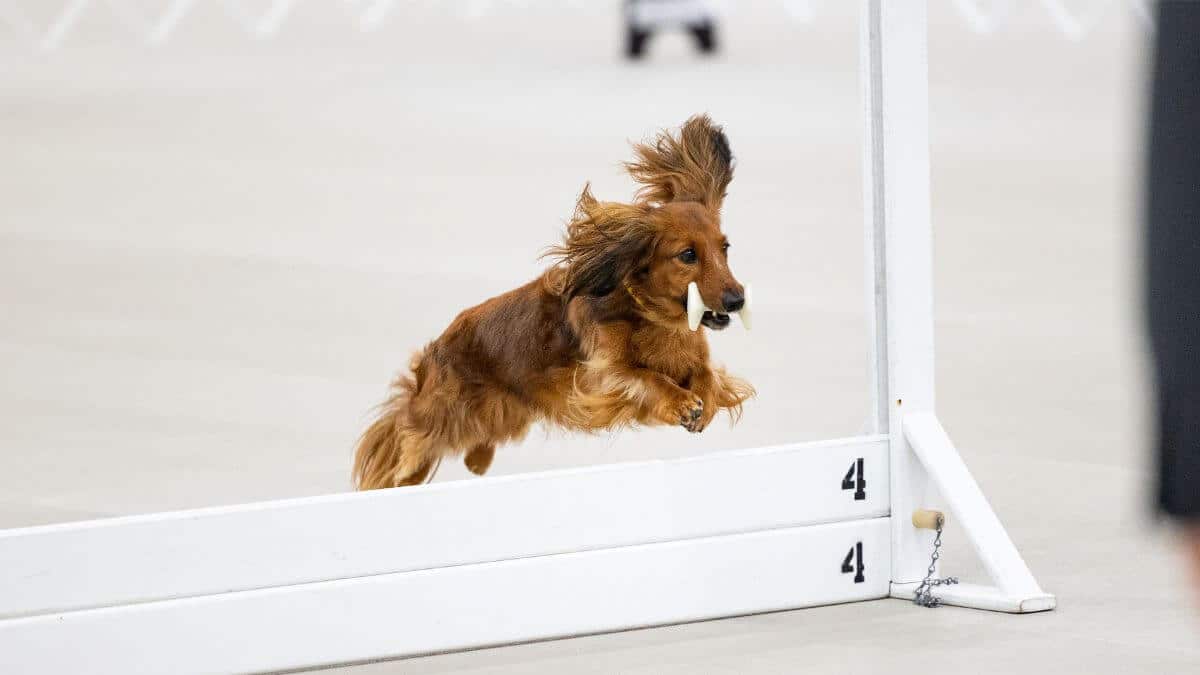
Initiating training in Obedience begins with understanding that nearly any dog can participate. However, certain breeds may have inherent characteristics that make them better suited to specific tasks within this sport. Sporting breeds, for instance, often excel due to their natural inclination towards following commands and their eagerness to please. When selecting a dog for Obedience, consider factors such as temperament, energy level, and willingness to learn.
To start training, it’s beneficial to connect with a local Obedience club or training group. These organizations provide structured training programs and experienced instructors. They also offer the opportunity to train in an environment similar to competition settings. The American Kennel Club (AKC) and other canine associations often have directories of affiliated clubs which can be a valuable resource for finding a local group.
Basic equipment for Obedience training includes a suitable leash and collar, training treats, and possibly, items like dumbbells for retrieval exercises. As a dog advances in training, it will become necessary to incorporate additional equipment that’s specific to individual exercises, such as hurdles for jumping.
Adequate training space is also essential. While basic training can begin at home or in a backyard, access to larger, distraction-free areas becomes necessary for practicing more advanced exercises and simulating competition environments.
Training for Obedience begins with basic command training, which is crucial for establishing a foundation for more advanced skills. Positive reinforcement is a key technique during this stage, involving rewarding the dog for correct behavior, which encourages repetition of these behaviors. This can include treats, praise, or play, depending on what motivates the individual dog.
As the dog masters basic commands, training can gradually become more sophisticated. This includes introducing commands that are part of competition routines, such as complex recall exercises, directed retrieves, and scent discrimination. Handlers should introduce these exercises progressively, making sure the dog is confident with simpler tasks before moving on to more challenging ones.
In advanced training, focus and consistency become increasingly important. Handlers should practice exercises under varying conditions to make sure the dog can perform reliably regardless of the environment. This includes training in different locations, with different distractions and at varying distances.
While many handlers successfully train their own dogs, working with a professional trainer can offer significant advantages. Trainers can provide expert guidance, help troubleshoot problems, and offer insights into the specific demands of Obedience competitions. They can also provide a fresh perspective on a dog’s abilities and potential areas for improvement.
With the rise of technology, there are more resources than ever for Obedience training. Online tutorials, virtual training courses, and training apps can complement traditional training methods, providing additional support and guidance.
Obedience Trials are structured to evaluate a dog’s ability to perform a set of predetermined exercises. These exercises are designed to demonstrate the dog’s training and discipline. Trials are divided into levels – Novice, Open, and Utility – each with increasing difficulty.
In these trials, dogs are judged against a standard of performance rather than competing directly against other dogs. Each exercise is scored on a point system, and deductions are made for errors. The goal is to accumulate enough points to qualify, and ultimately, to earn Obedience titles.
Preparation for an Obedience Trial involves more than just practicing exercises. Handlers should familiarize themselves with the rules and regulations of the competition, which can vary depending on the organizing body. It’s also important to prepare the dog for the trial environment, which can be more distracting and stressful than a training environment.
Trial preparation often includes:
On the day of the competition, handlers should arrive with enough time to check in, prepare, and acclimate their dog to the environment. It’s important to maintain a calm and positive demeanor, as dogs can pick up on their handler’s emotions.
During the trial:
With advancements in technology and the need for adaptability due to events such as the COVID-19 pandemic, the concept of Virtual Obedience has gained prominence. Virtual Obedience allows participants to compete from their own environment, offering a unique format that breaks the geographical and physical constraints of traditional events.
In Virtual Obedience, handlers record videos of their dogs performing Obedience routines based on specific guidelines set by the organizing bodies. These guidelines typically include the angle and clarity of the video, making sure that the dog and handler are visible throughout the routine, and adherence to the standard Obedience commands and exercises.
Once recorded, these videos are submitted to the competition organizers for judging. The judges then review these videos, scoring the performances against the same criteria used in physical events.
Challenges: Ensuring fairness and consistency in judging across different environments and video submissions is a key challenge. Handlers must also be adept at recording and submitting quality videos that accurately depict their dog’s performance.
Benefits: Virtual Obedience offers numerous advantages:
To participate in Virtual Obedience:
Rally Obedience, often simply referred to as Rally, is a variant of traditional Obedience that combines elements of both Obedience and Agility. It is designed to be a bit more informal and engaging, offering a more interactive and flowing sequence of exercises for the dog and handler. In Rally, teams navigate a course with numbered signs that indicate different exercises to perform, such as sit-down-sit, turns, and weaves.
Rally Obedience differs from traditional Obedience in several key ways:
Rally is divided into different levels, each with increasing complexity:
To compete in Rally:

Photos from the Erie Kennel Club All-Breed Dog Shows, which were held on January 27–28, 2024, at Bayfront Convention Center in Erie, PA.
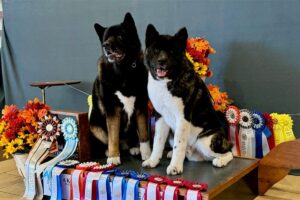
Explore Performance Akitas excelling in Rally, Obedience, Agility, Scentwork, and more! Redefining breed excellence beyond the show ring.

Interview with Kori Bevis, handler of a Golden Retriever known as “Baker,” the 2022 AKC Obedience Classic Winner.
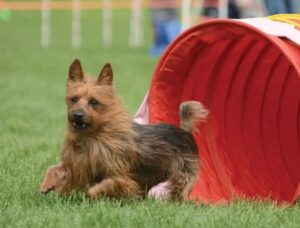
Explore the various Performance events you can participate in with your fast, agile, fearless, and self-confident Australian Terrier dogs.
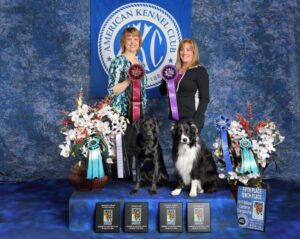
Handlers are quick to blame the external environment for the dog’s mistakes. However, we should be looking inward rather than outward.
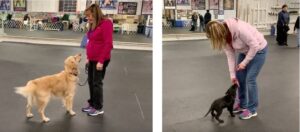
This topic came up because of our observations at recent Obedience Trials. Unfortunately, we saw quite a few people “lose” their dogs in the
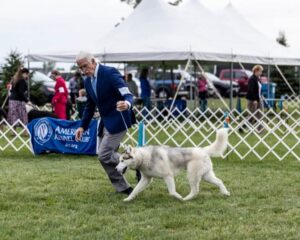
Ringside photos and dog show candids from Paper Cities Kennel Club dog show which was held on 09/10 – 09/11, 2022, in Merrill, Wisconsin.
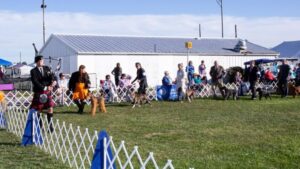
Ringside photos and dog show candids from Monroe Kennel Club Dog Show which was held on 09/30 – 10/02, 2022, in Monroe, Michigan.

"*" indicates required fields
Showsight Magazine–the world’s most influential purebred dog publication since 1992. Each issue reaches a global audience dedicated to preserving the history and health of purpose bred dogs. Filled with award-winning editorial focused on news and insights from the dog show community, top breeders, handlers, AKC Judges, and more!